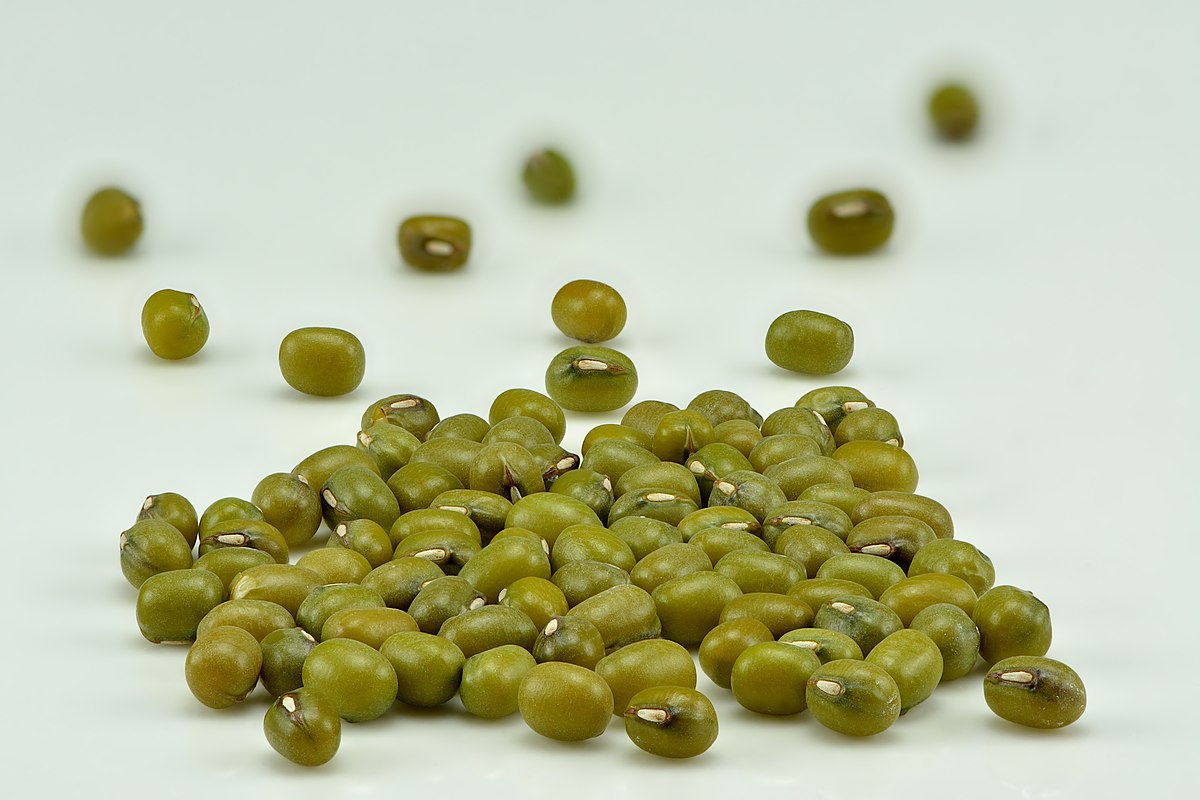
Vigna radiata, commonly known as the mung bean, is a small, green legume packed with nutrients and health benefits. Ever wondered why this humble bean is a staple in many Asian cuisines? Mung beans are not just tasty; they are also incredibly versatile. From savory dishes to sweet desserts, they can be used in countless recipes. But what makes them so special? Rich in protein, fiber, and antioxidants, mung beans are a powerhouse of nutrition. They can help with digestion, weight management, and even skin health. Curious to learn more? Here are 15 fascinating facts about Vigna radiata that will make you appreciate this tiny green gem even more.
Key Takeaways:
- Vigna Radiata, also known as mung beans, has been cultivated for over 4,000 years and is packed with essential nutrients, making it a staple in many diets.
- Mung beans offer not only nutritional benefits but also environmental advantages, such as improving soil fertility, requiring less water, and being resilient in various climates.
What is Vigna Radiata?
Vigna radiata, commonly known as mung bean, is a small, green legume that has been cultivated for thousands of years. Originating in India, it has spread across Asia and the world due to its nutritional value and versatility in cooking.
-
Ancient Crop: Mung beans have been cultivated for over 4,000 years, making them one of the oldest crops known to humanity.
-
Nutrient-Rich: They are packed with essential nutrients, including protein, fiber, vitamins, and minerals, making them a staple in many diets.
-
Low Glycemic Index: Mung beans have a low glycemic index, which means they release sugar slowly into the bloodstream, making them ideal for diabetics.
Nutritional Benefits of Vigna Radiata
Mung beans are not just tasty; they are also incredibly nutritious. Here are some of the key benefits they offer.
-
High Protein Content: They contain about 24% protein, which is higher than most other legumes.
-
Rich in Antioxidants: Mung beans are loaded with antioxidants, which help fight free radicals and reduce inflammation.
-
Good Source of Fiber: They provide a significant amount of dietary fiber, aiding in digestion and promoting gut health.
Culinary Uses of Vigna Radiata
Mung beans are versatile and can be used in a variety of dishes. From savory to sweet, they fit into many culinary traditions.
-
Sprouts: Mung bean sprouts are a popular ingredient in salads, stir-fries, and sandwiches.
-
Soups and Stews: They are often used in soups and stews, adding both flavor and nutrition.
-
Desserts: In some cultures, mung beans are used to make sweet dishes like mung bean paste and desserts.
Health Benefits of Vigna Radiata
Beyond their nutritional value, mung beans offer several health benefits that make them a superfood.
-
Heart Health: The high fiber and antioxidant content help lower cholesterol levels, reducing the risk of heart disease.
-
Weight Management: Their high protein and fiber content make you feel full longer, aiding in weight management.
-
Detoxification: Mung beans have detoxifying properties, helping to cleanse the body of toxins.
Environmental Impact of Growing Vigna Radiata
Mung beans are not only good for you but also for the planet. Their cultivation has several environmental benefits.
-
Soil Health: They are nitrogen-fixing plants, which means they help improve soil fertility by converting atmospheric nitrogen into a form that plants can use.
-
Low Water Requirement: Mung beans require less water compared to other crops, making them a sustainable choice for farmers.
-
Resilient Crop: They are hardy and can grow in a variety of soil types and climates, making them a reliable crop in changing environmental conditions.
Final Thoughts on Vigna Radiata
Vigna radiata, or mung bean, packs a punch in nutrition and versatility. From its high protein content to its rich history in traditional medicine, this little legume has a lot to offer. It's a staple in many Asian cuisines, providing essential nutrients and health benefits. Whether sprouted, cooked, or ground into flour, mung beans are a fantastic addition to any diet.
Their environmental benefits can't be overlooked either. Mung beans improve soil health through nitrogen fixation, making them a sustainable crop choice. Plus, they're relatively easy to grow, even in less-than-ideal conditions.
Incorporating mung beans into your meals can boost your nutritional intake while supporting sustainable agriculture. So next time you're at the grocery store, consider picking up some mung beans. Your body and the planet will thank you.
Frequently Asked Questions
Was this page helpful?
Our commitment to delivering trustworthy and engaging content is at the heart of what we do. Each fact on our site is contributed by real users like you, bringing a wealth of diverse insights and information. To ensure the highest standards of accuracy and reliability, our dedicated editors meticulously review each submission. This process guarantees that the facts we share are not only fascinating but also credible. Trust in our commitment to quality and authenticity as you explore and learn with us.


